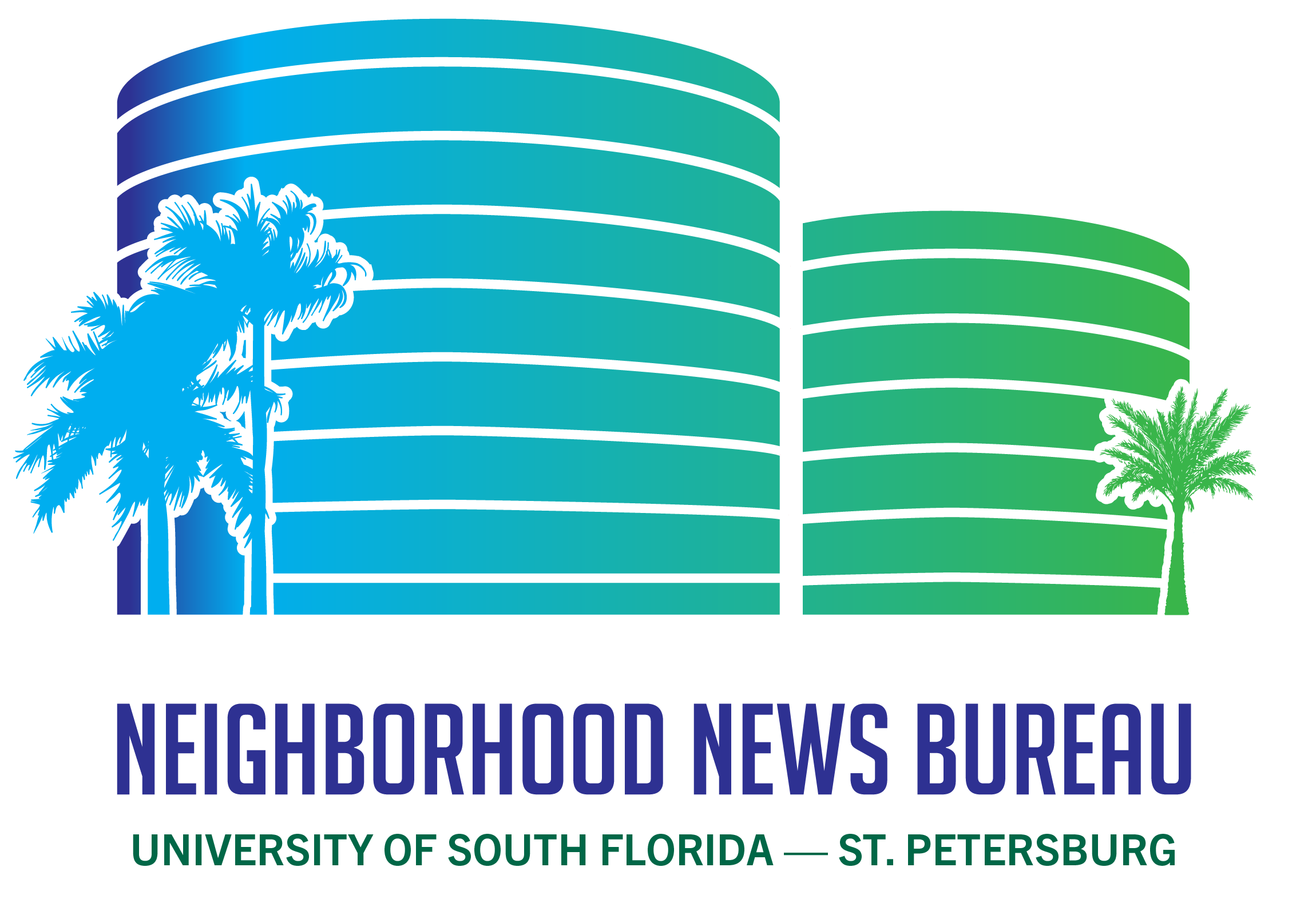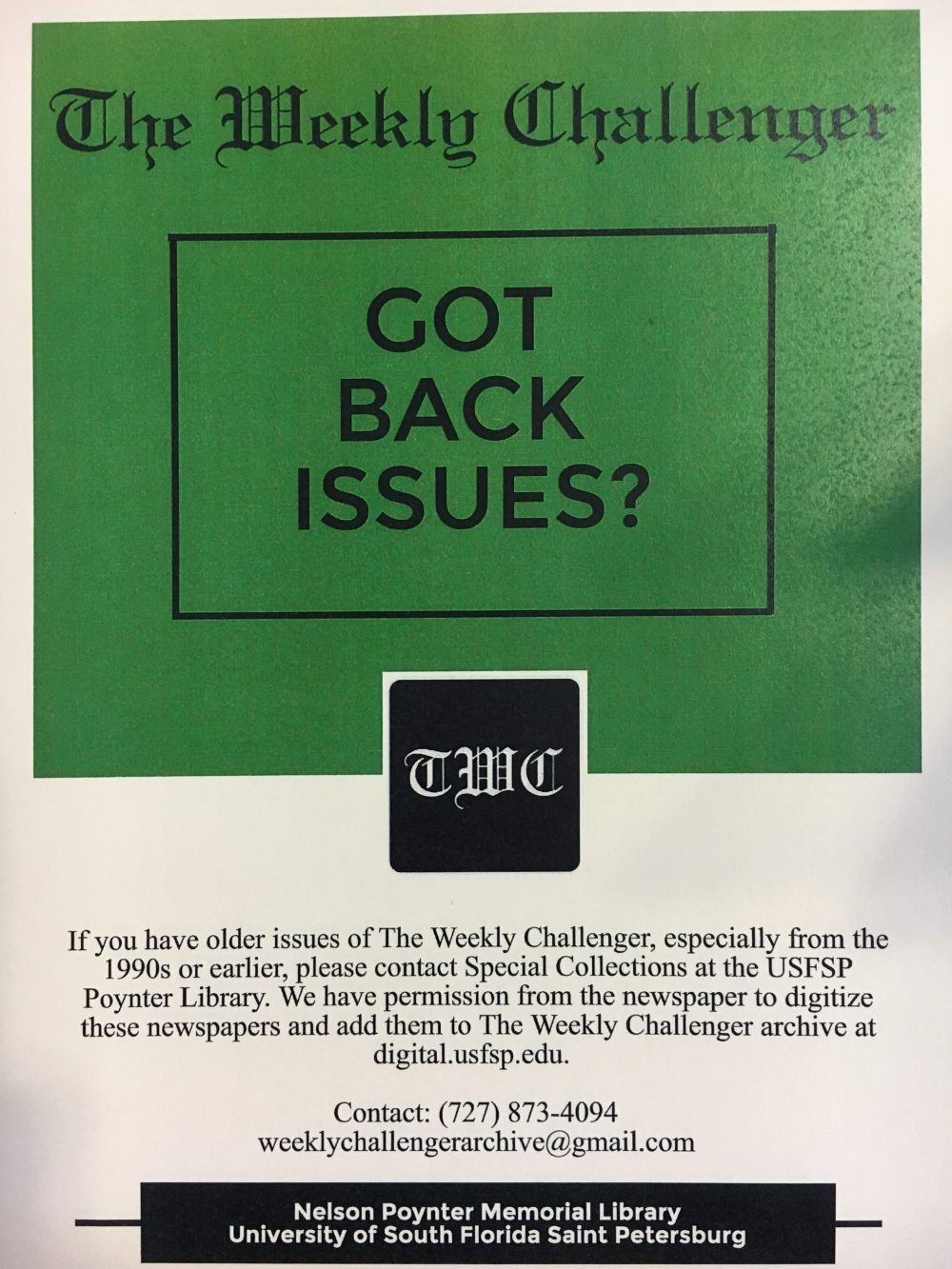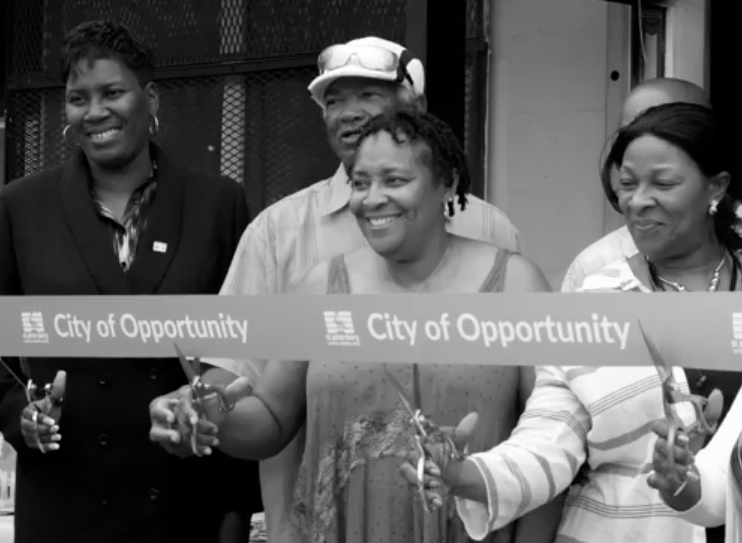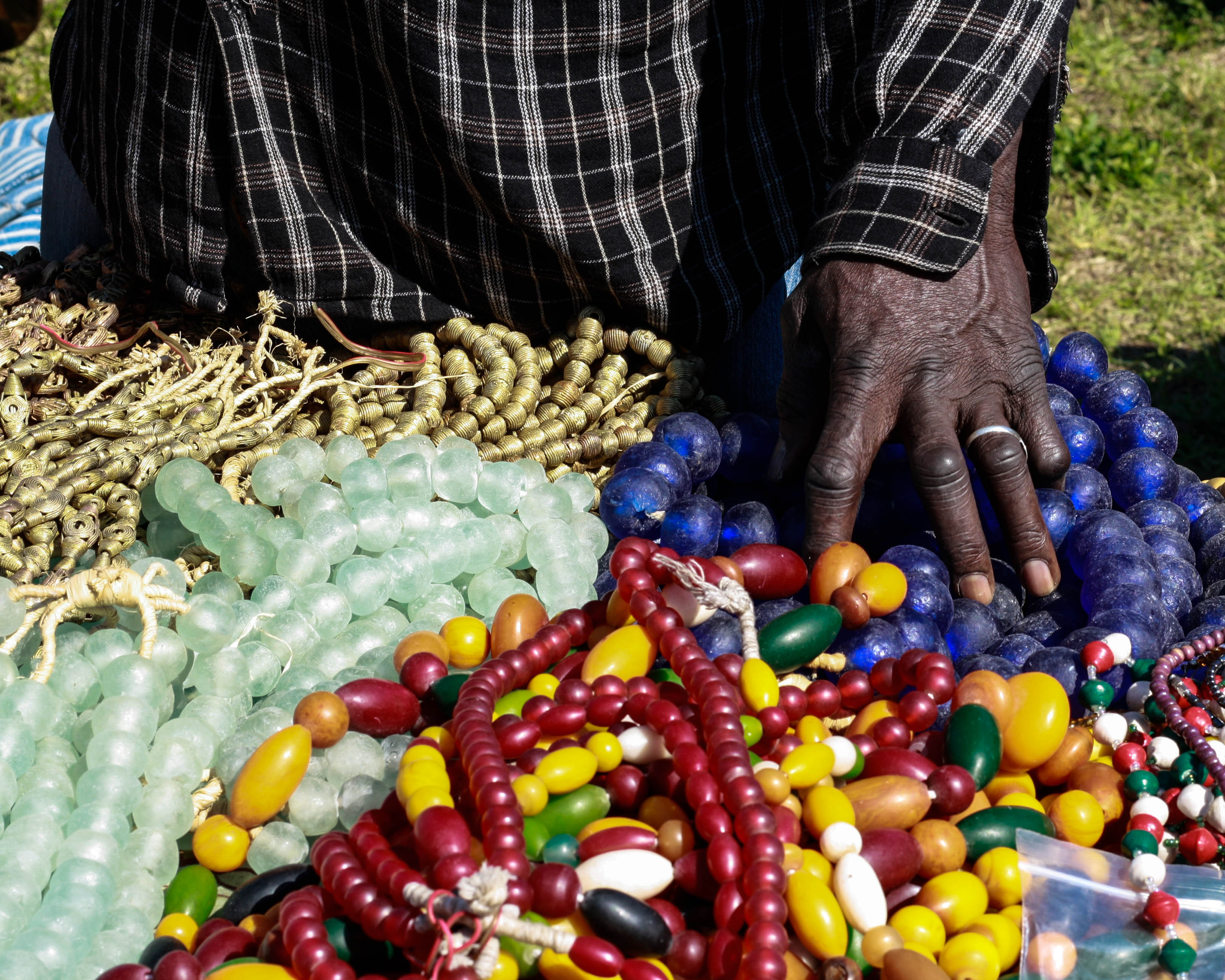Read More
Category: Uncategorized
PARC’S Florida inspired 2016-2017 exhibition coming to Dr. Carter G. Woodson African American Museum
PARC’s traveling exhibition featuring artists with developmental disabilities will be on display July 29 – August 13, 2016. The Florida Inspired 2016-2017 features works
Read MoreSurvey: Most Lakewood High students know someone killed, injured by gunfire
Most of the students at Lakewood High School know someone that has been killed or injured by gunfire, according to a survey by the Spartan
Read MoreWhat’s Past is Prologue
Since Dr. Gregory B. Padgett was eight years old, he knew he wanted to be a college professor. “Some people say, ‘This is what I
Read MoreFamily Day Celebration draws a crowd to the Deuces
[vc_row full_width=”” parallax=”” parallax_image=””][vc_column width=”1/1″][vc_gallery type=”flexslider_fade” interval=”3″ images=”3783,3781,3776″ onclick=”link_image” custom_links_target=”_self” img_size=”600×400″][/vc_column][/vc_row]
Read MoreLocal artists revive the Deuces
REPORTING BY KATIE CALLIHAN AND MARLA KORENICHPHOTOS BY KATIE CALLIHANNNB Reporters MIDTOWN – On Saturday, February 27th, Midtown hosted St. Petersburg’s first Black Arts Festival. This
Read MoreCenterpiece of Midtown loses its limelight
BY JASON SAABNNB Reporter [Edited by Katie Callihan] MIDTOWN – The Manhattan Casino opened its doors in 1927 and was the centerpiece of Midtown St.
Read More‘A Lion of the Law’ Justice Thurgood Marshall honored by ASALH, ACLU
BY LAURA MULROONEYNNB Reporter ST PETERSBURG — Thurgood Marshall is well known for his civil rights activities; however, his jurisprudence style tends to be overlooked. The
Read More





